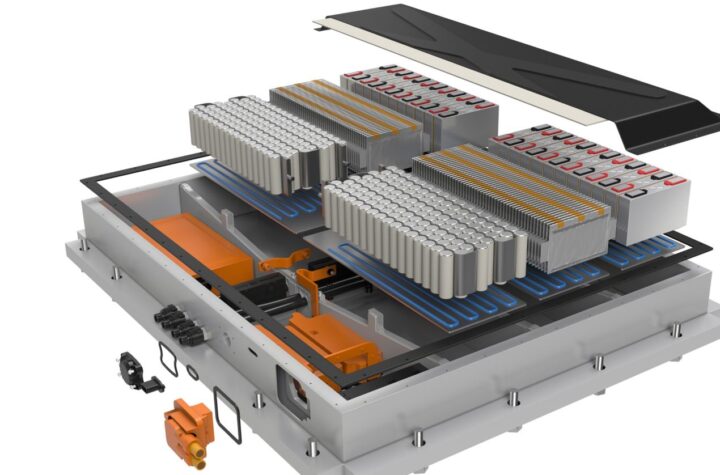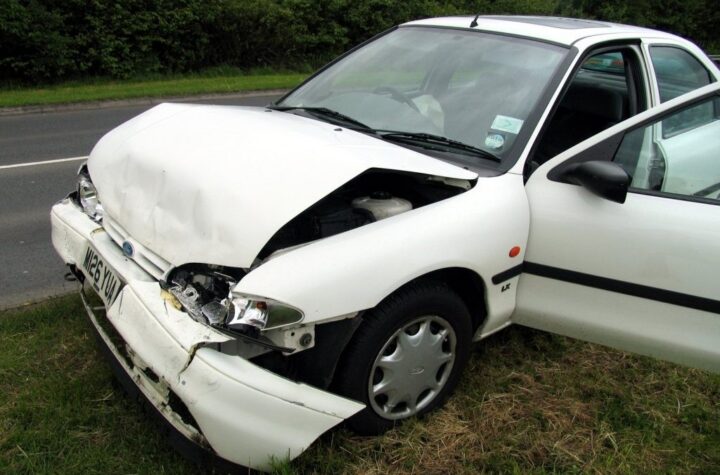
Steel producers are rising to the challenges posed by aluminum and composites by developing lightweight solutions through innovative processing technologies. But, the producers face a number of challenges, including the EU energy and environmental targets and the ongoing increase in raw material prices. These challenges – and the solutions – came under the spotlight at the Automotive Steels 2013 conference hosted by the International Quality and Productivity Center (IQPC) between June 19 and June 21 in Dusseldorf, Germany.
Automotive Steels 2013 explored the evolution of steel sheet characteristics and also looked at new applications for high and ultra-high strength alloys. Speakers included specialists from Opel, Peugeot Citroen, Outokumpu Nirosta, Benteler, voestalpine Stahl, Tata Steel Europe and ArcelorMittal Automotive Europe. There were also discussions future steel concepts for chassis design.
Automotive Industries (AI) asked Martin Weisenburger, Leader ITDC MEP-Steel Quality and Technical Application at Adam Opel (responsible for purchasing 800,000 tons of steel a year) what he sees as the dominant trend in steel forming for automotive use.
Weisenburger: The industry – and particularly the German manufacturers – is moving to a high content of press-hardened steel. In Germany up to 45% of the body is formed from press- hardened steel. Japanese manufacturers are also starting to use this material. The advantages of the material is that it has very high strength, and you can use it for complicated forming. The disadvantages are the long cycle time and high energy use.
AI: What are the implications for the automotive industry?
Weisenburger: Press-hardened steel can be much thinner and therefore lighter than conventional rolled steel. That means that the 2015 European regulations in terms of CO2 emissions are very achievable. But, when you have to come down to 95 grams per kilometer in 2020, there will have to be a greater move to aluminum unless there are breakthroughs in steel alloys.
AI: What are the main trends?
Weisenburger: We will see more press-hardened steel and manganese-hardened steels. There are some very promising developments in manganese steels. The challenge is to avoid delay fractures. There are also problems with aluminum, so no one material holds all the answers. What we as OEMs are looking for is solutions that are easy to handle from a mass production perspective.
AI: What is the future for automotive steel?
Weisenburger: Our focus in the auto industry is to put the right material in the right part and application. My feeling is that steel will continue to provide the base for mass production. The body in white will remain steel, with increasing use of aluminum in the hang-on parts.












More Stories
DuPont materials science advances next generation of EV batteries at The Battery Show
How a Truck Driver Can Avoid Mistakes That Lead to Truck Accidents
Car Crash Types Explained: From Rear-End to Head-On Collisions